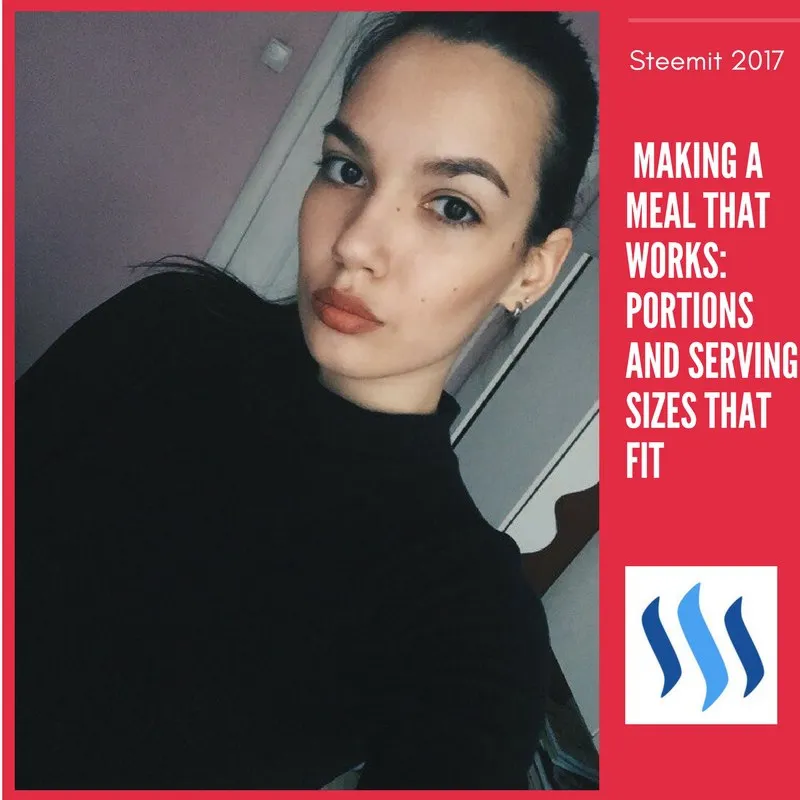
When putting a meal together there are a few things to take into consideration.
-First, do we have each of the three macro-nutrients present and accounted for?
-Second, are they the correct size?

A) Serving Sizes:
Vegetables- 1 cup of raw vegetables, cup cooked vegetables, cup vegetable juice, cup of cooked dry beans.
Fruits- 1 piece of medium fruit(pears, oranges), cup of canned of chopped fruit, cup of fruit juice.
Breads and Cereals- 1 slice of bread, 1/2 cup of cereal, cup of cooked rice or pasta.
Protein- 4 ounces of meat, a handful of nuts, 2 tablespoons of natural peanut butter.
Fats- 1 tablespoon of olive oil, canola oil, or flaxseed oil.
Dairy- 1 cup of milk, 1 cup of cottage cheese, 1 ounce or 1 slice of cheese.

B) Meal Portions:
Breakfast
Carbohydrates- choose two.
Protein- choose one or two.
Fat- choose one.
Vegetables- choose as many as you want.
Example- 1/2 cup of oatmeal, 2 egg omelet with spinach and low-fat cheese.


Lunch or Dinner
Protein- choose one or two.
Carbohydrates- choose one or two.
Vegetables- choose as many as you want.
Beans and Legumes- choose one.
Low-Glycemic Fruits- choose one or two.
Fats- choose 1
Example- 6 ounces of grilled chicken, cup of black beans, cup of whole wheat pasta, 1 cup of spinach with 1 tablespoon of olive oil.

Snacks
Protein- choose one.
Carbohydrates- choose one.
Fats- choose one.
Low-Glycemic Fruits- choose one.

Examples(each is one snack)- Protein Bar/MRP(2:1 carbs to protein), Protein Shake with a teaspoon of flaxseed oil and blueberries(bedtime), Fruit with Peanut Butter, Low-Fat Yogurt with No Sugar Added and Almonds, Beef Jerky.
